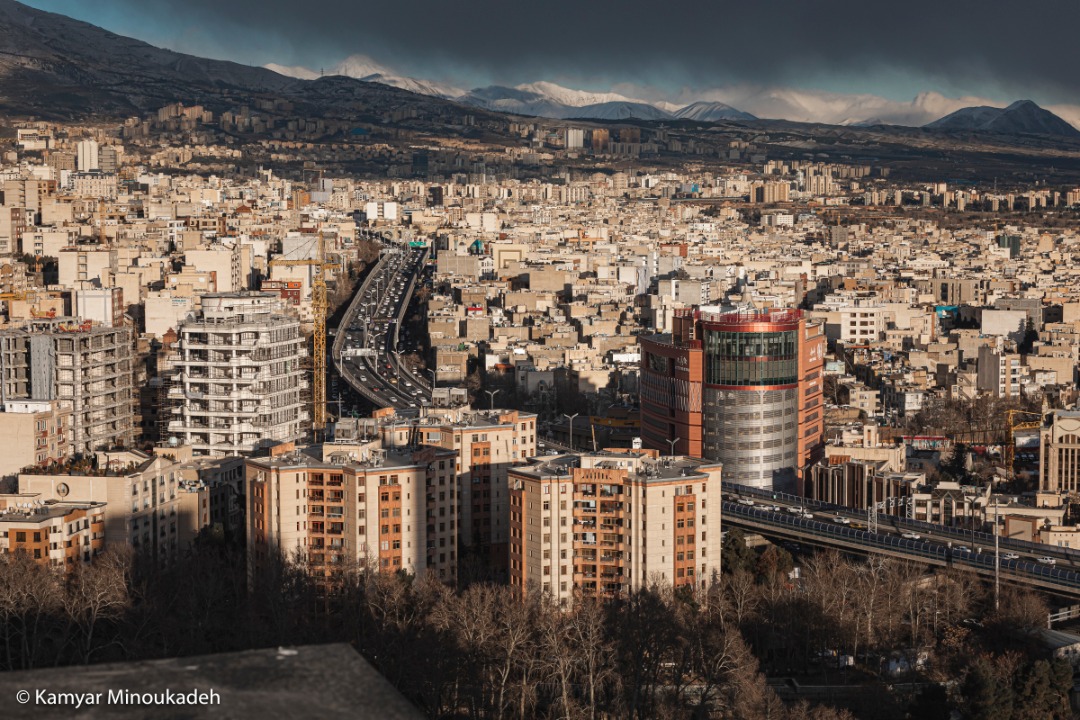Housing development and the smart city: A case study of Tehran, Iran

The document “Housing Development and the Smart City: A Case Study of Tehran, Iran” explores the intersection of housing challenges and smart city initiatives in Tehran. It highlights the historical context of urban development in Iran, the evolution of housing policies, and the ongoing efforts to transform Tehran into a smart city through the Smart Tehran Program.
Historical Context
Tehran, as the capital of Iran, has faced significant housing challenges, particularly since the mass migration from rural areas began in the 1960s. This influx resulted in a rapid increase in population, leading to inadequate housing provisions and a proliferation of substandard living conditions. The document notes that many housing solutions have emerged informally or through poorly planned developments, exacerbating urban infrastructure and services.
Smart City Initiatives
In recent years, Tehran has engaged with the global smart city movement, aiming to leverage technology to improve urban living conditions. The Smart Tehran Program is a key initiative to transition the city towards smarter governance and infrastructure by 2025. This program focuses on enhancing urban management through digital technologies, fostering citizen engagement, and promoting sustainable development.
Objectives of the Smart Tehran Program
The Smart Tehran Program has several strategic objectives:
- Improving Transparency: Enhancing public access to information and decision-making processes.
- Increasing Citizen Satisfaction: Addressing residents’ needs through better service delivery.
- Promoting Sustainable Urban Development: Integrating environmental considerations into urban planning.
- Fostering Partnerships: Encouraging collaboration among various stakeholders, including government entities and citizens.
- Advancing Digital Transformation: Implementing modern technologies to streamline urban services.
- Promoting Urban Innovation: Encouraging creative solutions to urban challenges.
Current Housing Problems
Despite these initiatives, the document argues that housing issues remain inadequately addressed within the framework of smart city planning. While there are high-quality residential areas in Tehran, many neighbourhoods suffer from poor construction quality and insufficient services. The study emphasizes that informal settlements persist alongside newly developed areas, highlighting a disconnect between smart city initiatives and actual housing policy.
Challenges in Implementation
The research identifies several barriers to effective housing development within the smart city framework:
- Centralized Governance: The bureaucratic nature of Iran’s political system hampers local decision-making and responsiveness to community needs.
- Outdated Planning Processes: Existing planning frameworks do not adequately integrate housing initiatives with broader urban development strategies.
- Limited Citizen Participation: There is a notable lack of engagement from residents in shaping housing policies, which undermines trust and effectiveness in implementation.
Recommendations for Improvement
To address these challenges, the document suggests several recommendations:
- Enhanced Citizen Engagement: Increasing public participation in planning processes can lead to more tailored housing solutions that meet community needs.
- Integrated Planning Approaches: Coordinating housing policies with smart city initiatives can create synergies that improve overall urban living conditions.
- Utilization of Technology: Leveraging digital tools can facilitate better communication between citizens and planners, ensuring that residents’ voices are heard in decision-making.
Conclusion
In conclusion, while Tehran’s Smart Tehran Program represents a significant step towards modernizing urban management and addressing some housing issues, substantial gaps remain. The historical context of rapid urbanization combined with current bureaucratic challenges highlights the need for a more integrated approach that prioritizes citizen involvement and addresses the complex realities of housing provision. By fostering collaboration among stakeholders and embracing innovative solutions, Tehran can work towards creating a more inclusive and sustainable urban environment that effectively meets its residents’ needs.

Further reading:
Housing development and the smart city: A case study of Tehran, Iran systems
Housing development and the smart city: a case study of Tehran, Iran eprints.glos.ac
